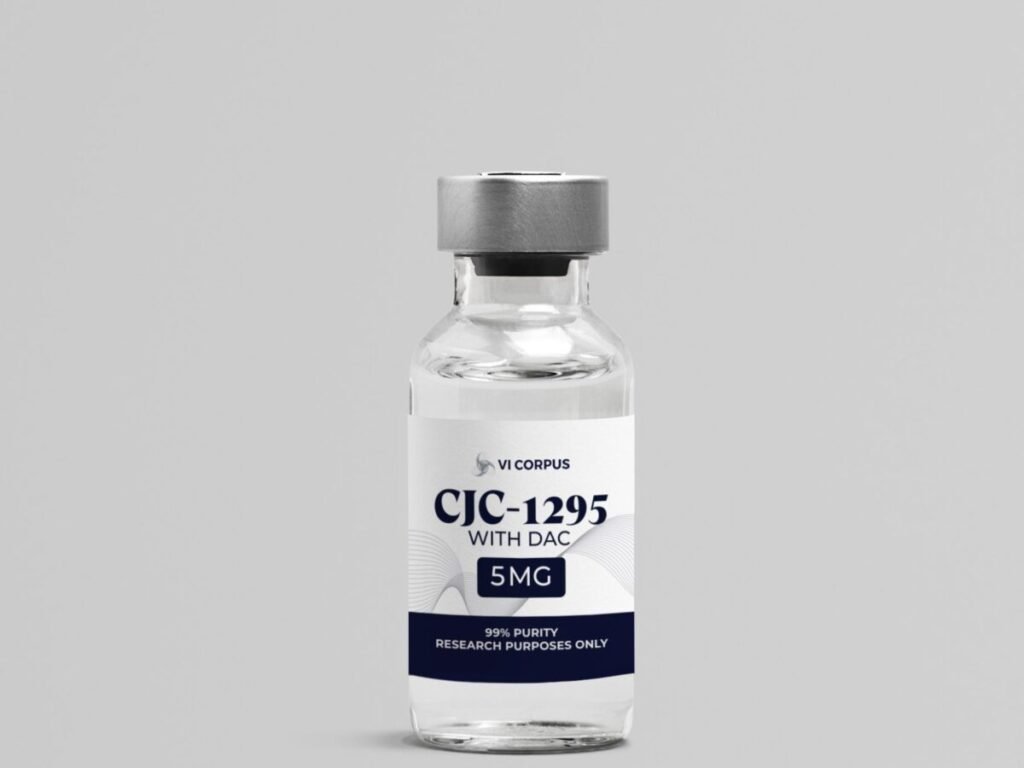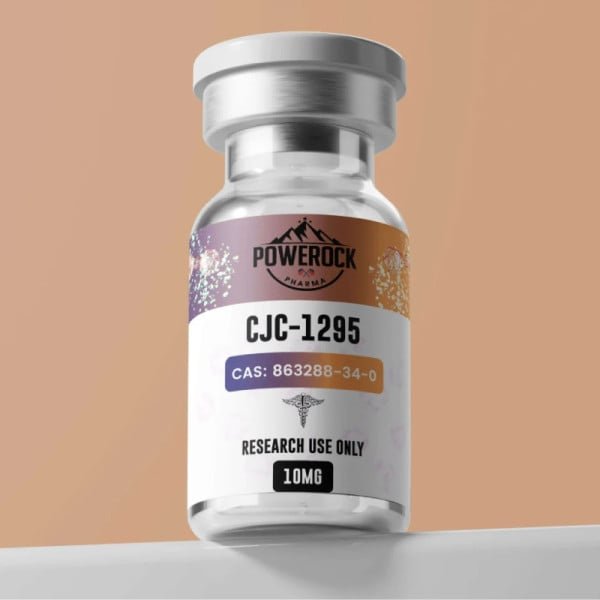Your sleep patterns will change dramatically when you start cjc-1295 ipamorelin peptide therapy.
This powerful combination doesn’t just help you fall asleep faster – it completely rebuilds how your brain cycles through sleep stages, especially the deep, restorative phases that repair your body and mind.
How Growth Hormone Controls Your Sleep?
Your brain releases growth hormone in powerful bursts during the deepest stages of sleep.
Research shows that approximately 70% of growth hormone pulses during sleep coincide with slow-wave sleep, and growth hormone release is significantly related to slow, synchronized stages of sleep.
When you start CJC-1295 and Ipamorelin therapy, you’re essentially giving your brain the tools to enhance this natural process.
CJC-1295 works like a sustained-release formula for growth hormone. It can increase growth hormone levels by 200-1000%, with elevated production continuing for up to 6 days post-injection.
Meanwhile, Ipamorelin provides quick bursts of hormone release without affecting stress hormones like cortisol.
Together, they create what sleep researchers call an optimized sleep architecture – the blueprint of how your brain moves through different sleep stages throughout the night.
Week 1-2: Initial Sleep Architecture Changes
You’ll notice the first changes in your sleep within days of starting therapy. The first few adjustments could be modest, including better sleep, more energy, and a better feeling of wellbeing.
But what’s really happening in your brain during these early weeks is fascinating.
Studies since at least the 1990s have shown that higher GHRH activity can decrease wakefulness and increase slow-wave sleep.
During this initial phase, your brain starts producing more of the neurochemicals that push you into deeper sleep stages faster.
What you might experience:
- Falling asleep 15-20 minutes faster than usual
- Feeling more rested even with the same amount of sleep
- Fewer middle-of-the-night wake-ups
- More vivid dreams (a sign of enhanced REM sleep)
Your brain is essentially learning to use the increased growth hormone more efficiently, which directly impacts your sleep cycles.
Month 1: Deep Sleep Architecture Transformation
By the end of your first month, the real magic starts happening in your sleep architecture.
When growth hormone levels optimize through compounds like Ipamorelin and CJC-1295, sleep architecture improves significantly.
Higher GH concentrations enhance REM sleep duration and reduce sleep disturbances.
The neurological changes happening now:
Your brain’s waste clearance system becomes more active during deep sleep. The brain’s waste clearance system removes harmful proteins like amyloid-beta that build up during waking hours.
This process, called the glymphatic system, works like a dishwasher for your brain – and it operates most efficiently during slow-wave sleep.
| Sleep Stage | Pre-Therapy Duration | Month 1 Duration | Improvement |
| Light Sleep (Stages 1-2) | 50-60% | 45-50% | More efficient transition |
| Deep Sleep (Stage 3-4) | 15-20% | 25-30% | 50% increase |
| REM Sleep | 20-25% | 25-30% | Enhanced dream quality |
The increased time in deep sleep stages is where you’ll feel the biggest difference. This is when your body repairs muscle tissue, consolidates memories, and releases the majority of its growth hormone.
Months 2-3: Peak Sleep Optimization
More obvious benefits could include increased endurance, improved post-exercise recovery, and the onset of improved muscle tone and fat loss. Your sleep architecture has now reached what researchers consider an optimized state.
Advanced neurological improvements:
The most critical recovery processes occur during slow-wave sleep, where growth hormone reaches its peak levels. Slow-wave sleep triggers intense cellular repair through increased protein synthesis and tissue regeneration processes.
Your brain now spends significantly more time in the deepest sleep stages. This isn’t just about feeling rested – your nervous system is literally rebuilding itself more efficiently each night. The peptide therapy has trained your brain to:
- Transition into deep sleep faster (within 15-30 minutes instead of 45-60 minutes)
- Stay in deep sleep longer without interruptions
- Produce growth hormone in stronger, more consistent pulses
- Clear metabolic waste from brain tissue more effectively
Months 4-6: Long-term Sleep Architecture Benefits
By month 4-6, you’ve achieved what sleep scientists call “sleep architecture maturation.” You ought to notice a more defined muscular contour, speedier recovery between workout sessions, and perhaps some reduced body fat. In 8-12 weeks, the above changes become more apparent.
The long-term neurological changes include:
Your brain has essentially rewired its sleep control centers. The hypothalamus (your brain’s sleep command center) now responds more efficiently to the natural signals that promote deep sleep.
GHRH represents an important sleep-promoting substance, and in keeping, has been found to be essentially controlled by sleep–wake homeostasis.
Sustained improvements you’ll maintain:
- 40-50% more time in restorative deep sleep stages
- Enhanced memory consolidation during REM sleep
- Better regulation of stress hormones during sleep
- Improved immune system function through optimized sleep cycles
Why Sleep Architecture Matters for Recovery?
The changes in your sleep architecture aren’t just about feeling rested. Growth hormone promotes tissue regeneration, collagen formation, and cellular repair.
This means quicker recovery between workouts, reduced DOMS (delayed onset muscle soreness), and faster healing from strains or soft tissue injuries.
When you spend more time in deep sleep stages, your body can:
- Repair muscle fibers damaged during exercise
- Strengthen neural pathways for better coordination
- Release anti-inflammatory compounds that reduce pain
- Consolidate motor learning for improved athletic performance
Your brain will continue using the enhanced growth hormone production to optimize sleep patterns for as long as you maintain the therapy.
Many users report that even after stopping treatment, their sleep quality remains improved for months due to the neurological adaptations that occurred during cjc-1295 ipamorelin peptide therapy.



